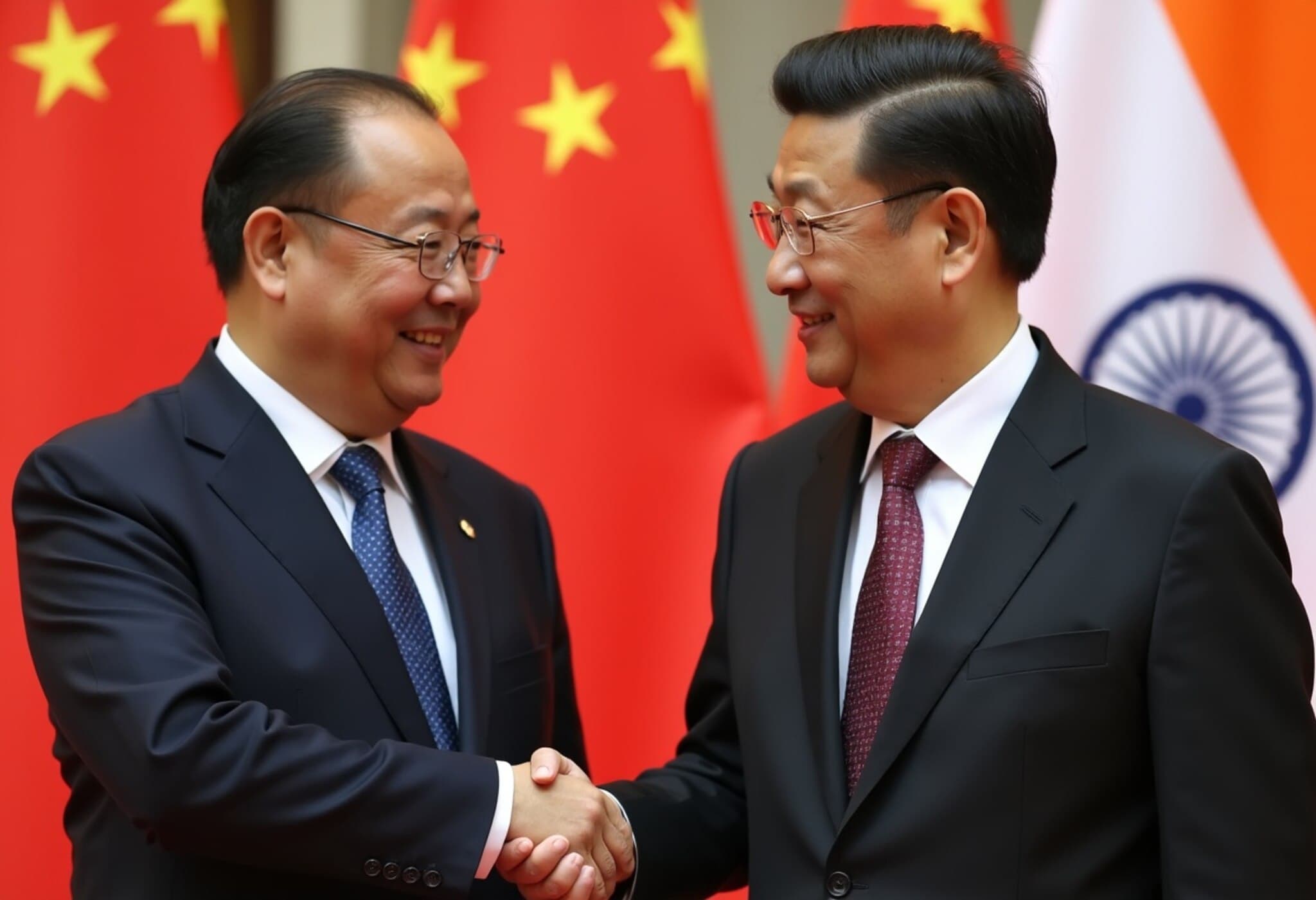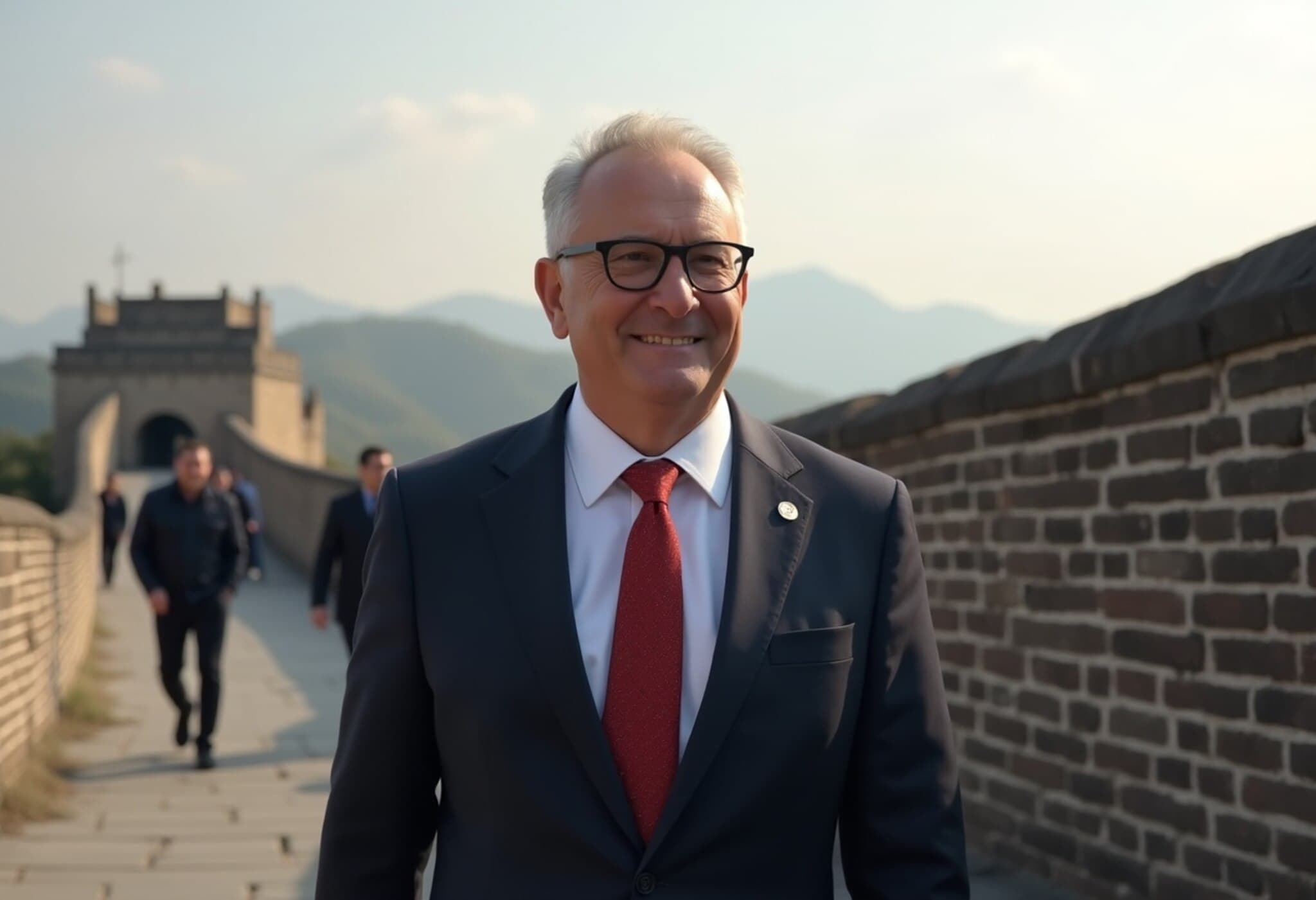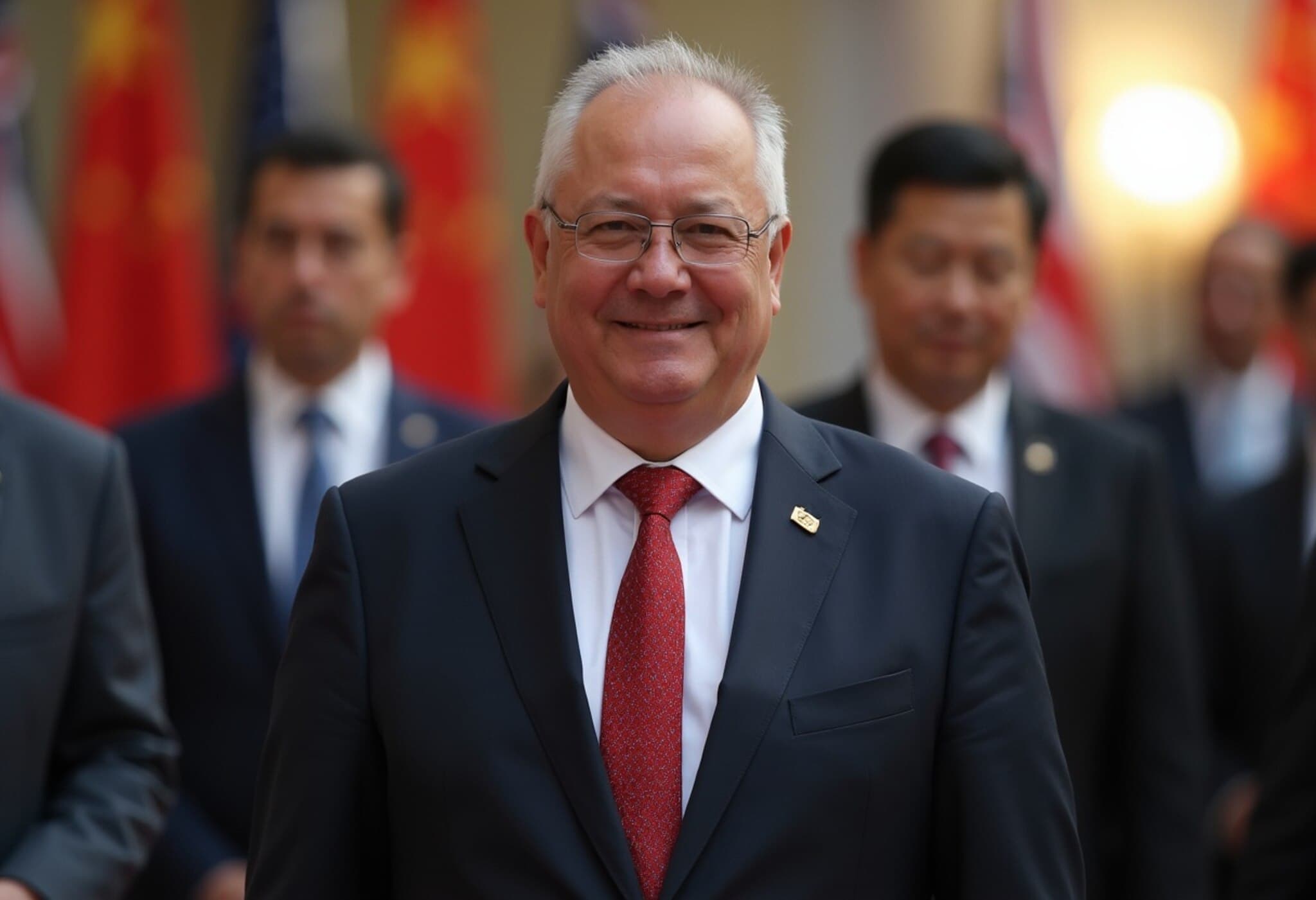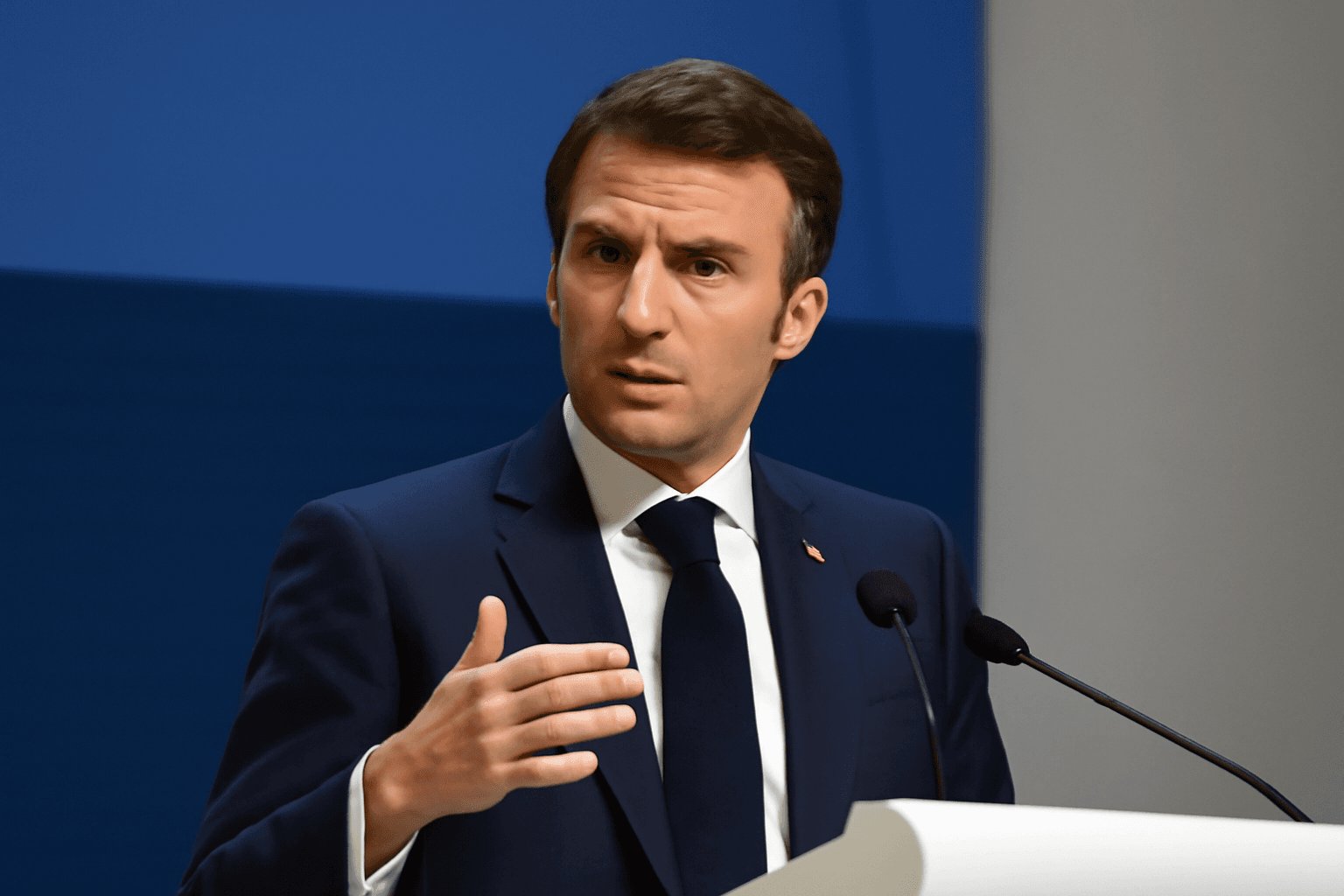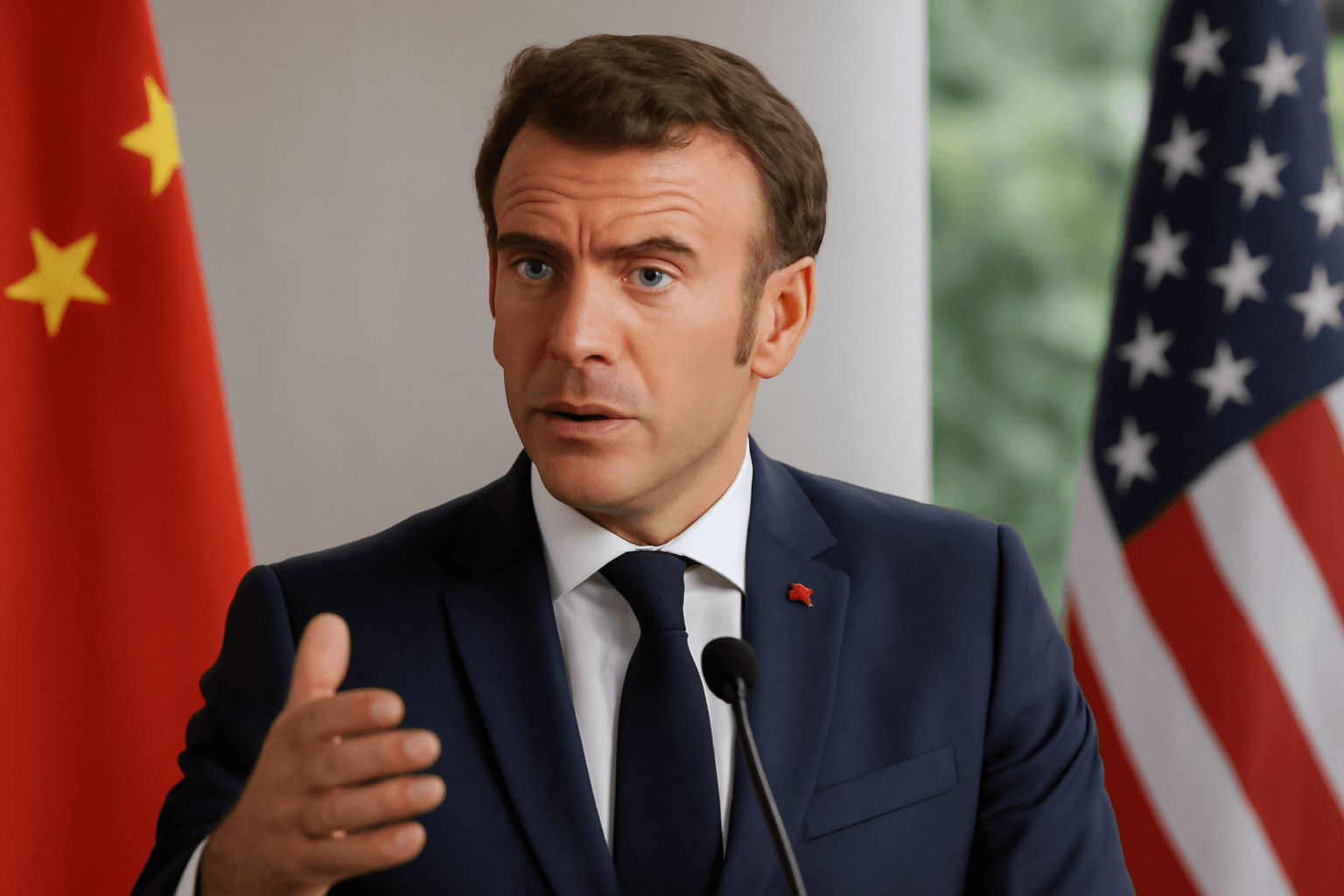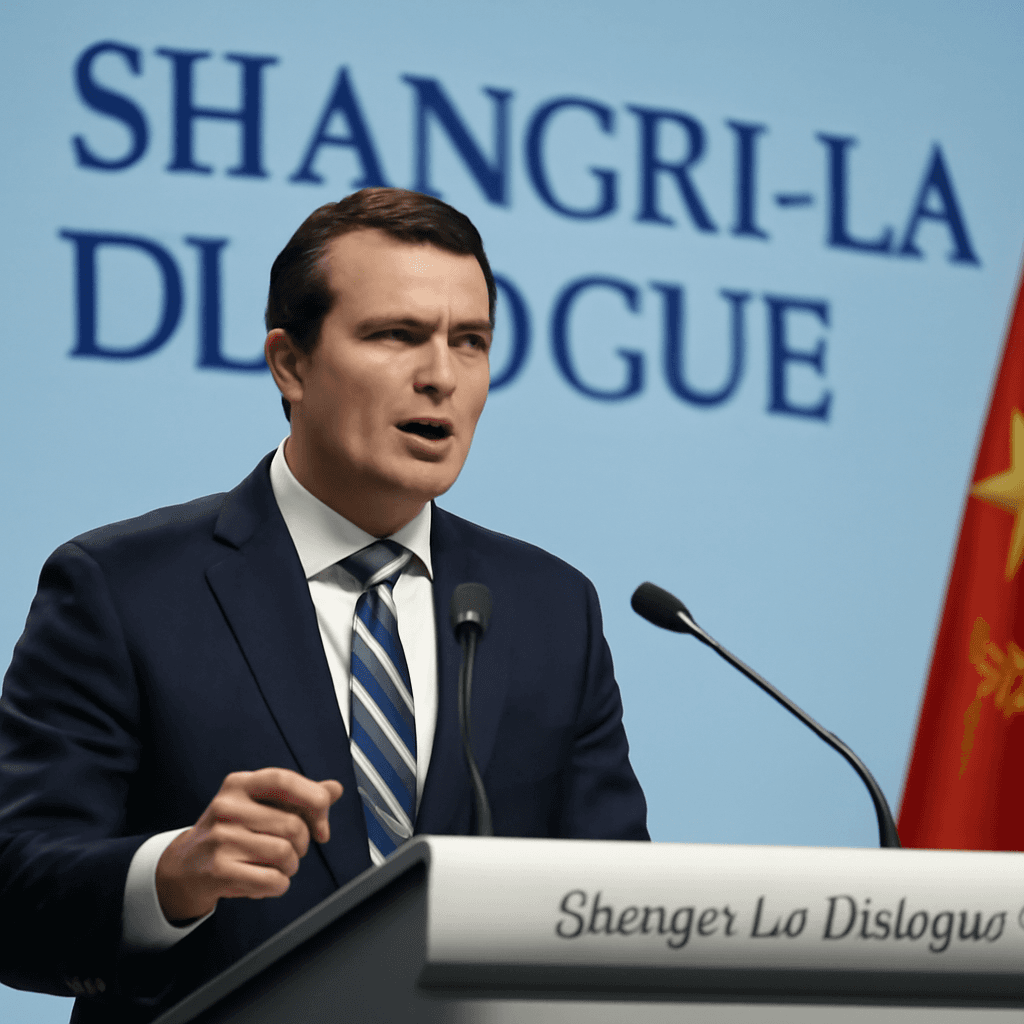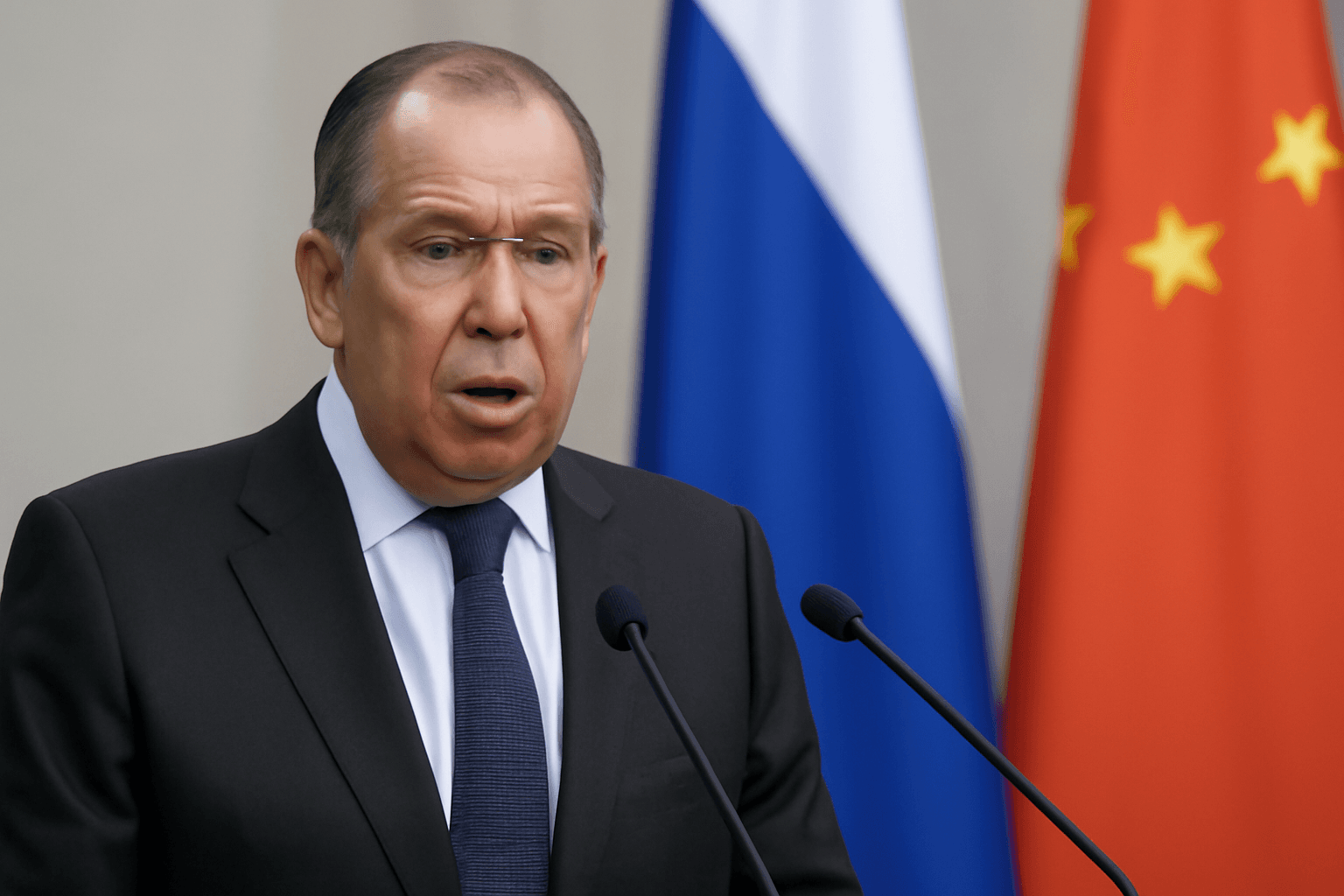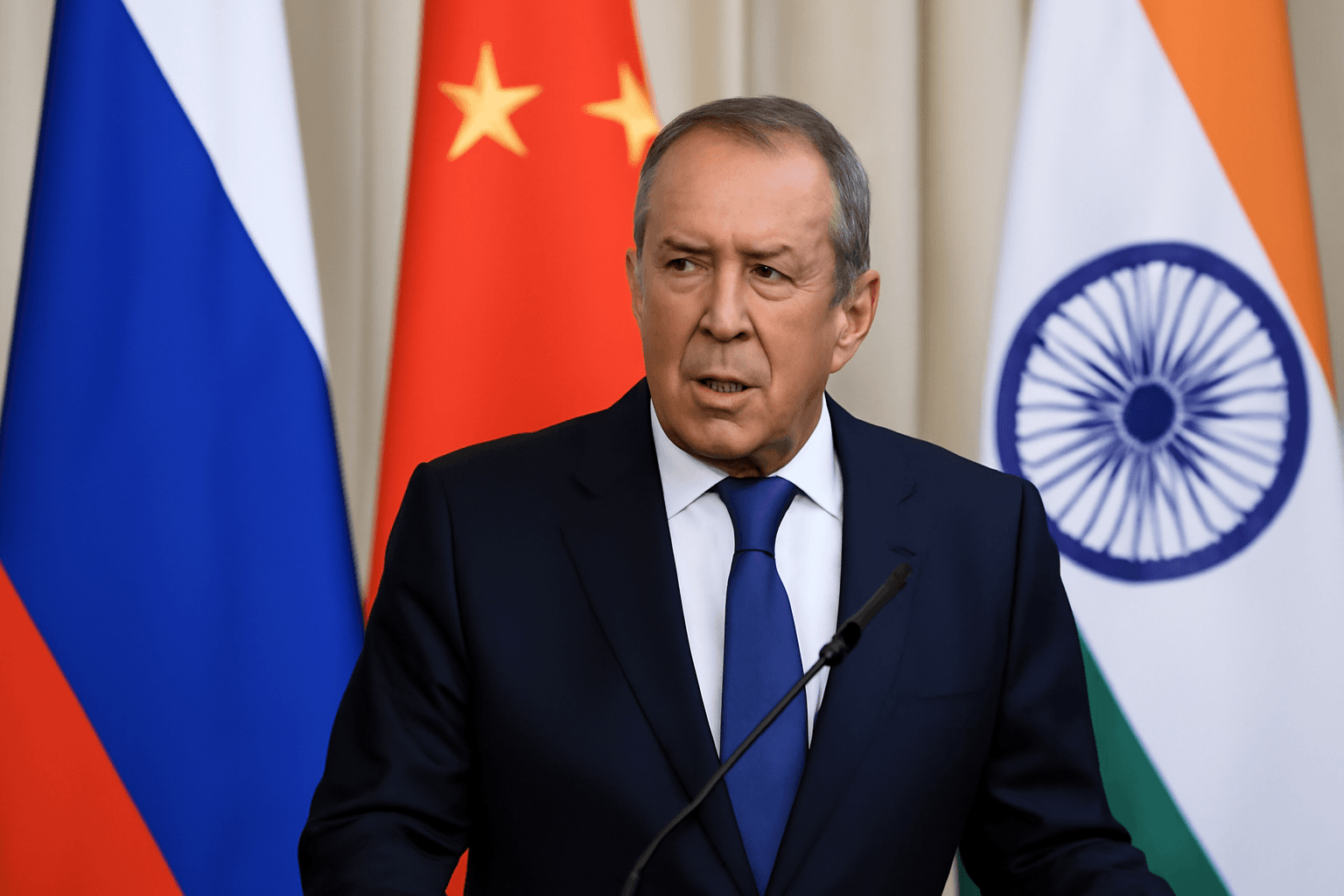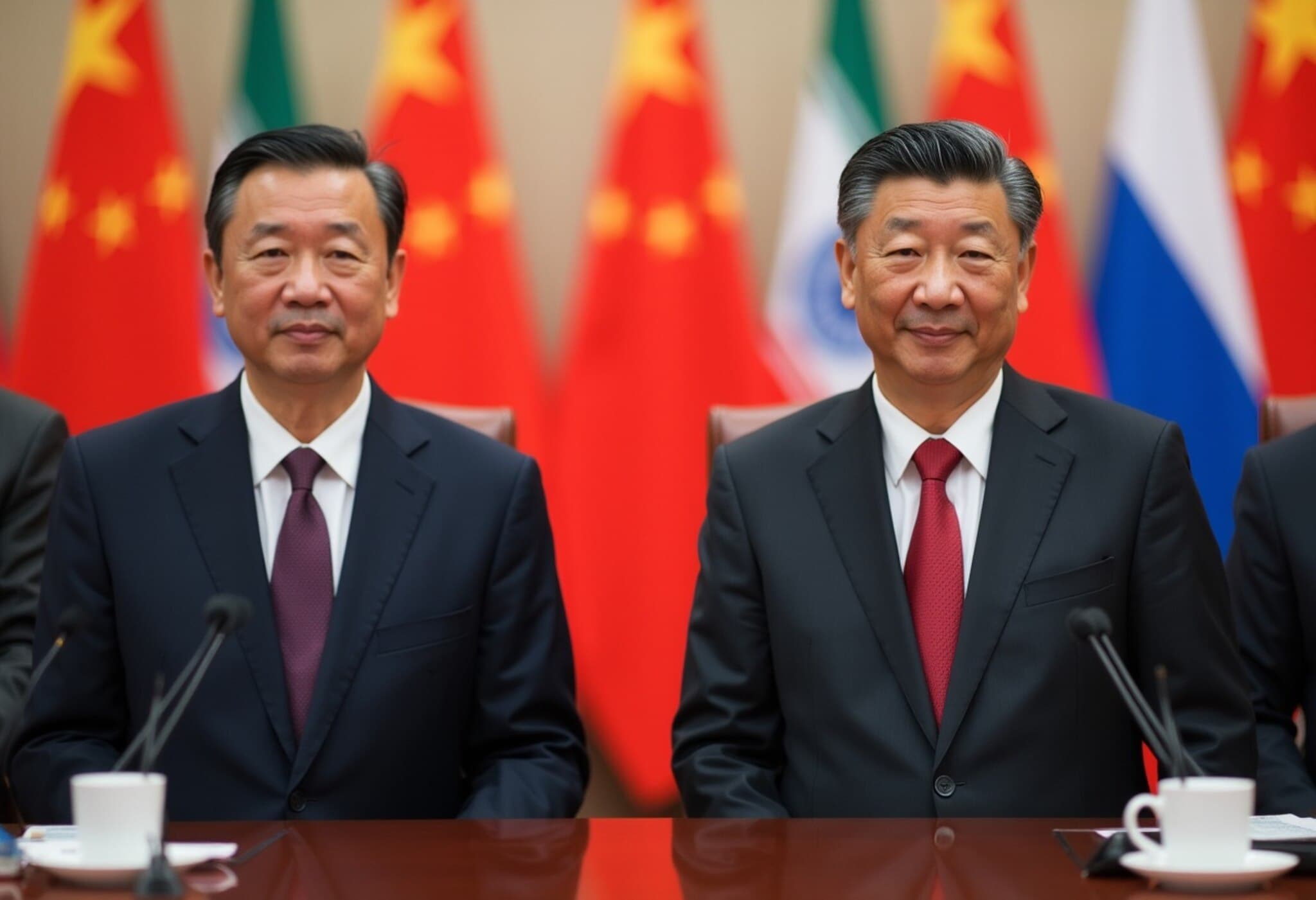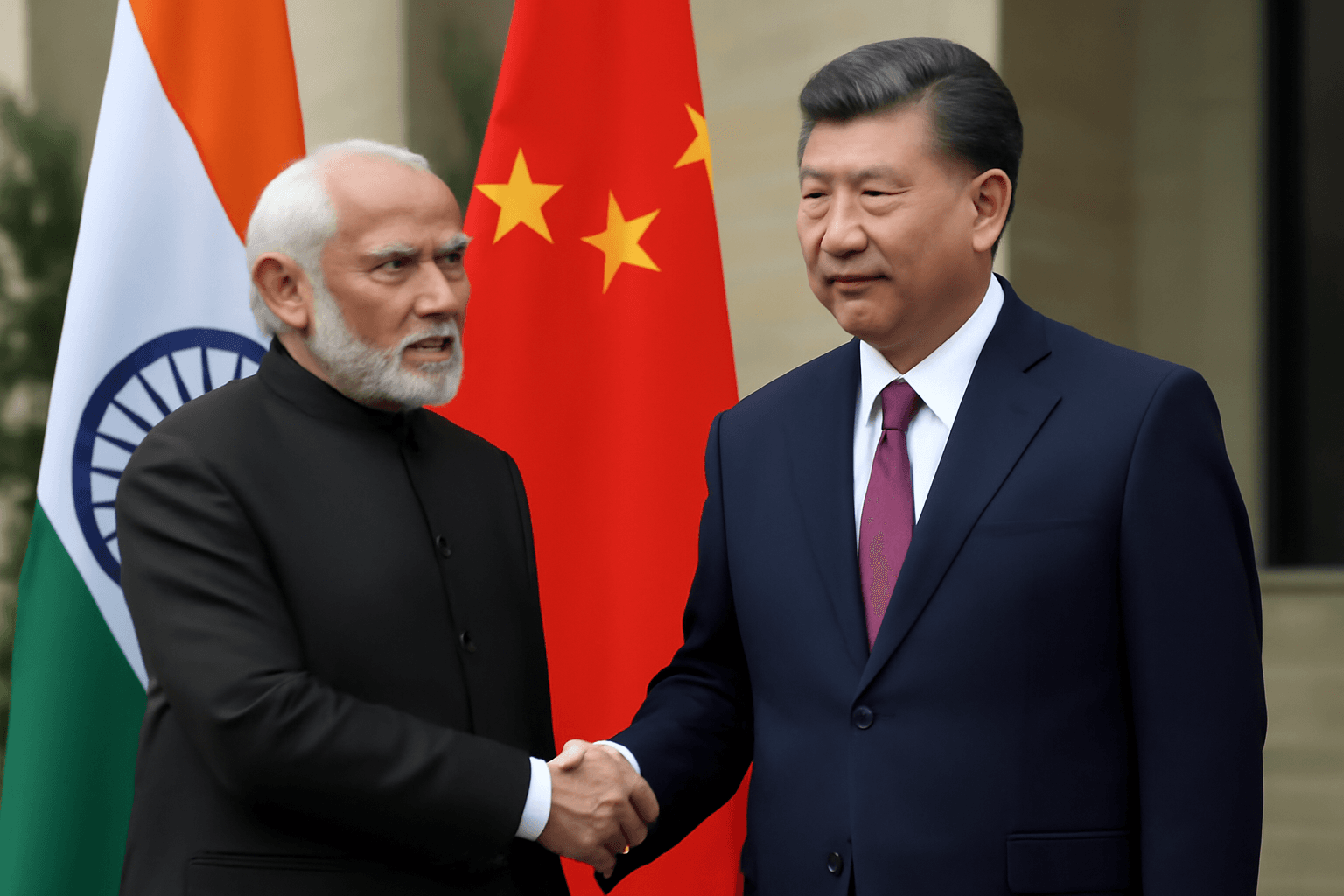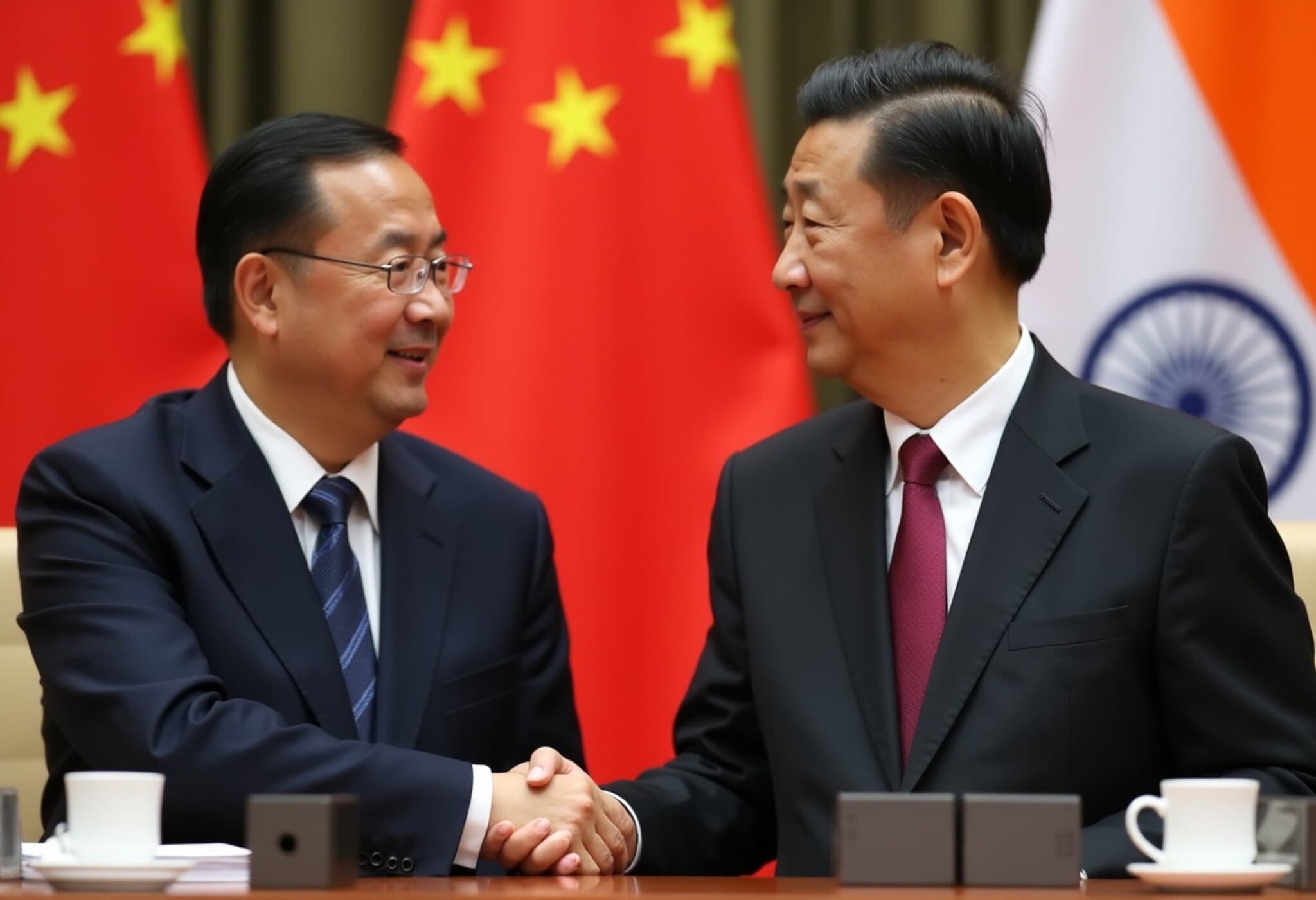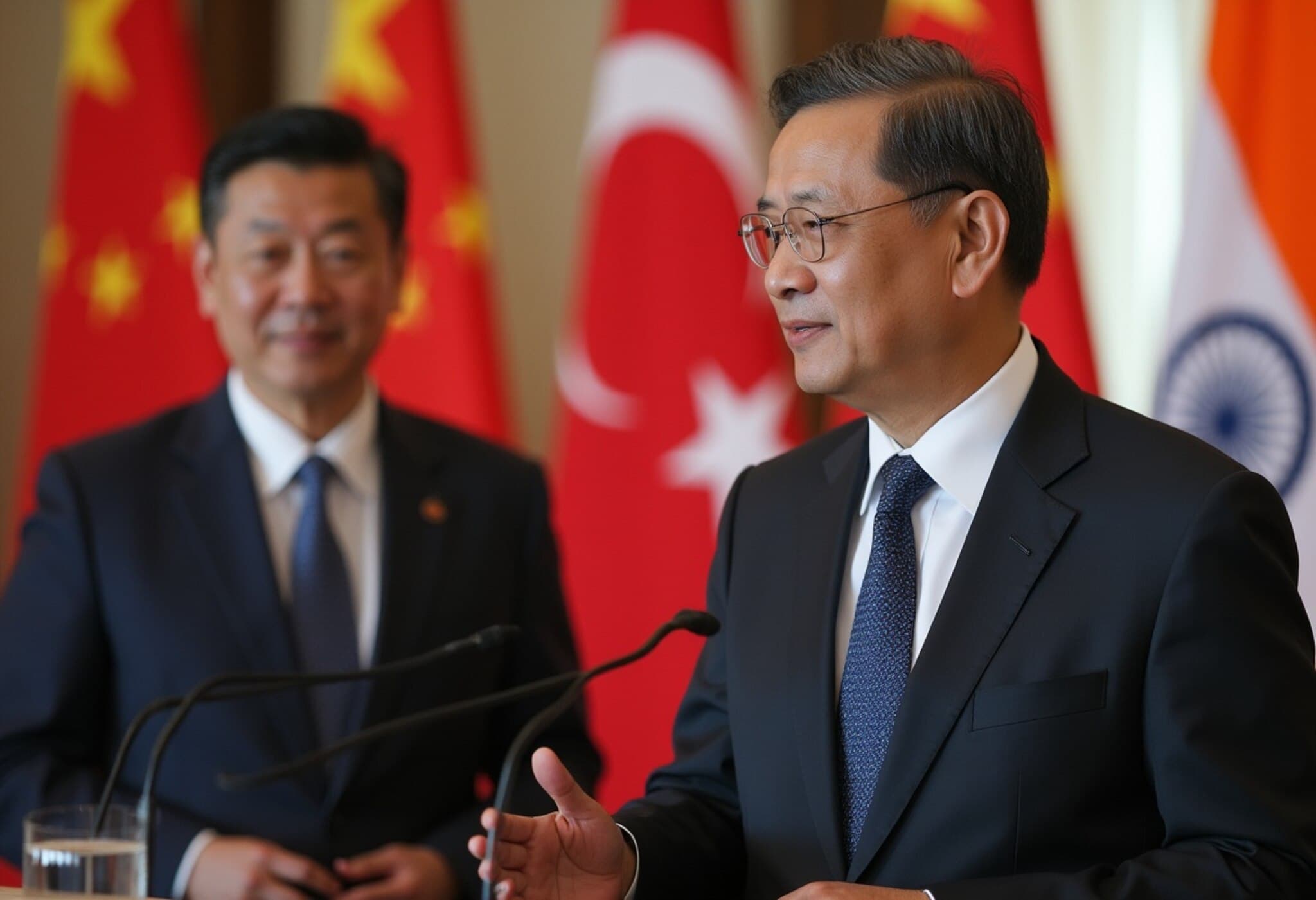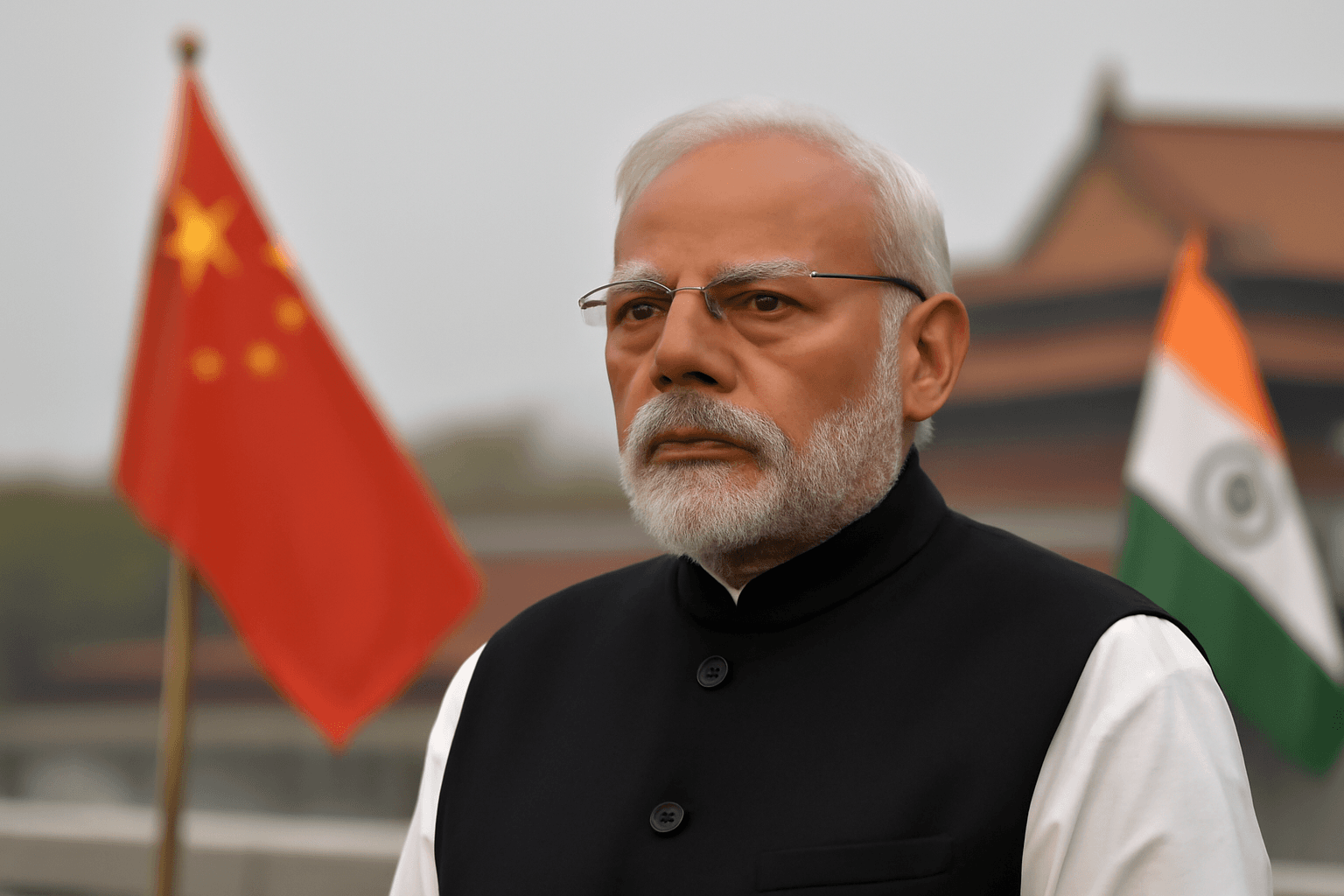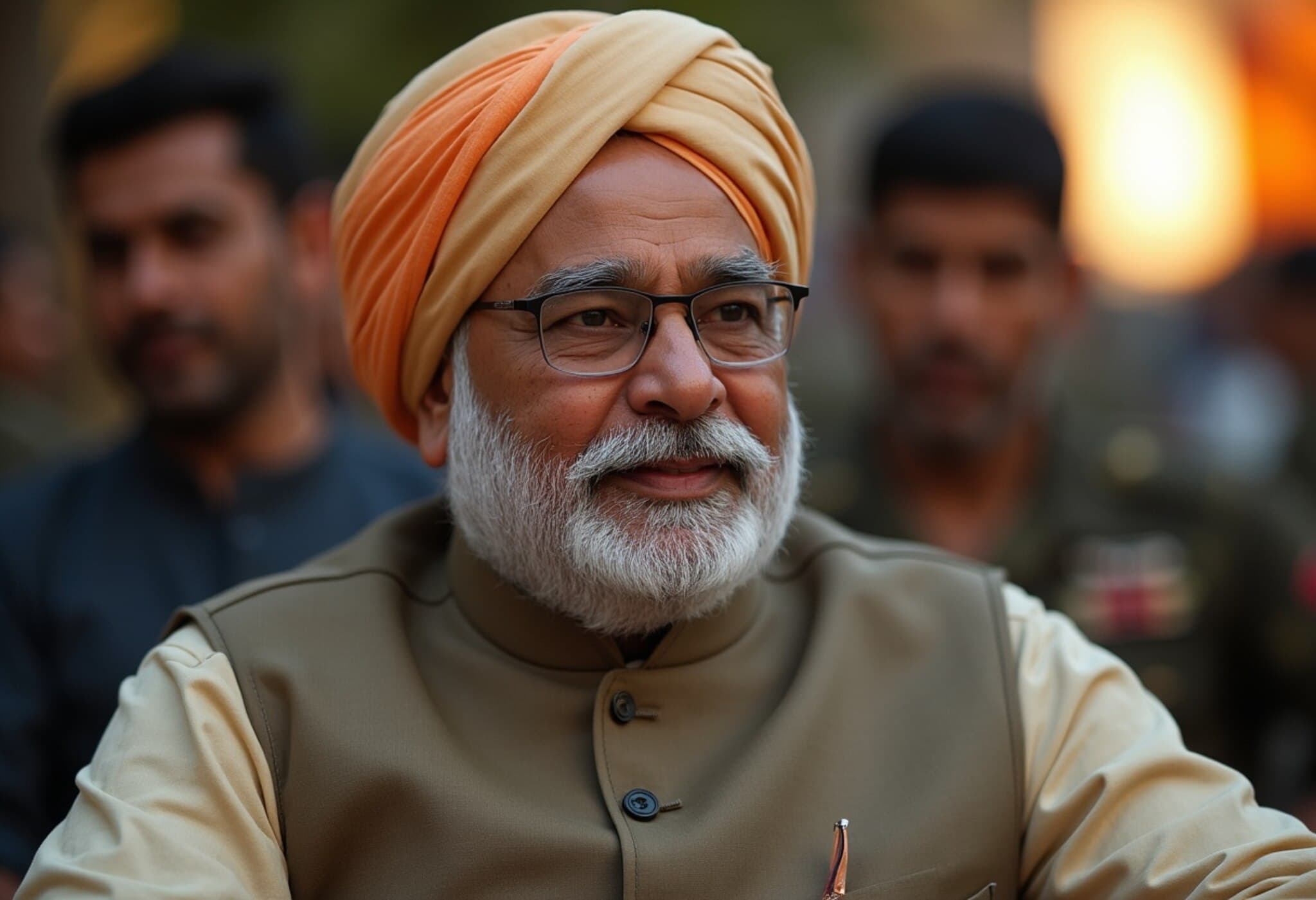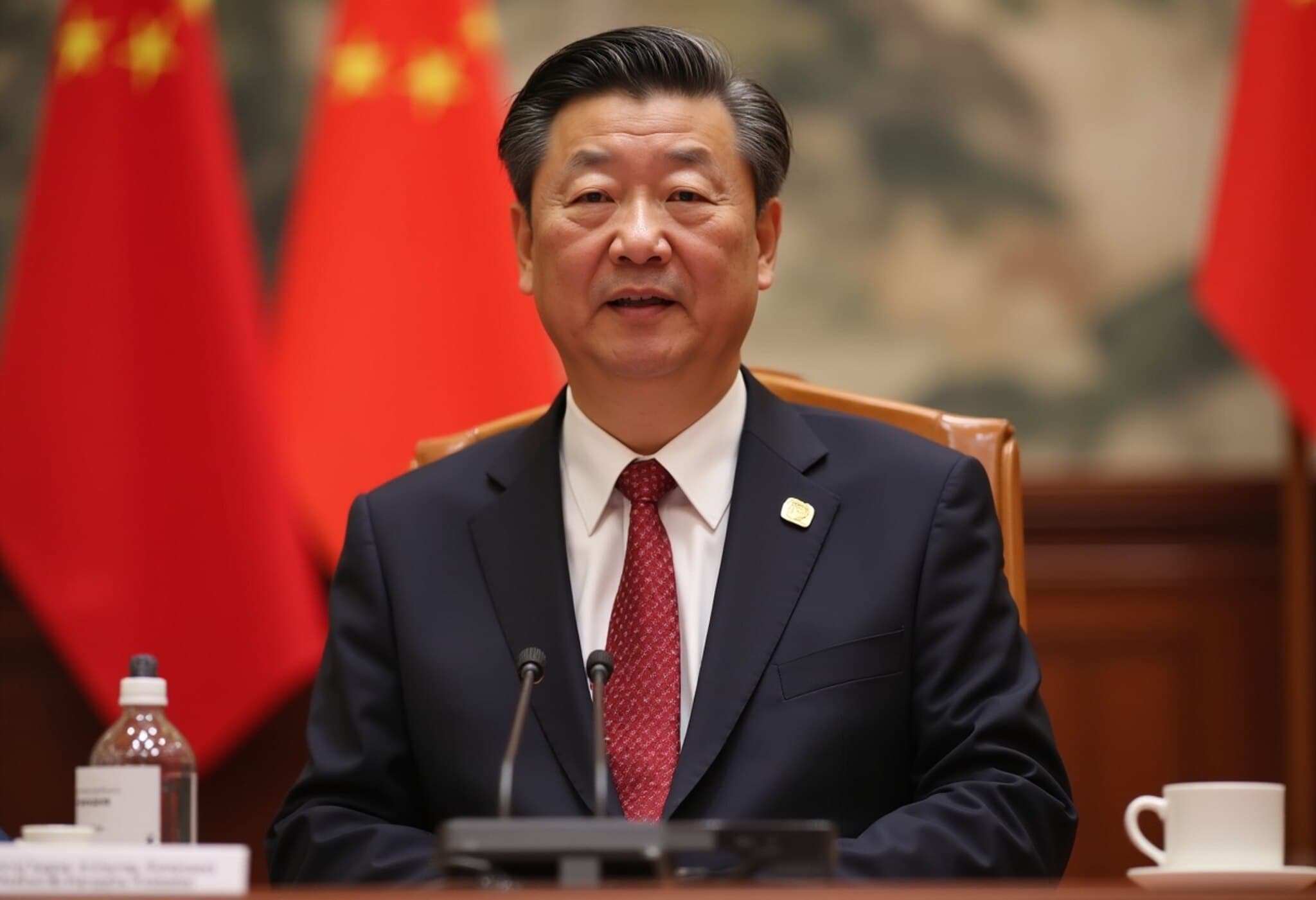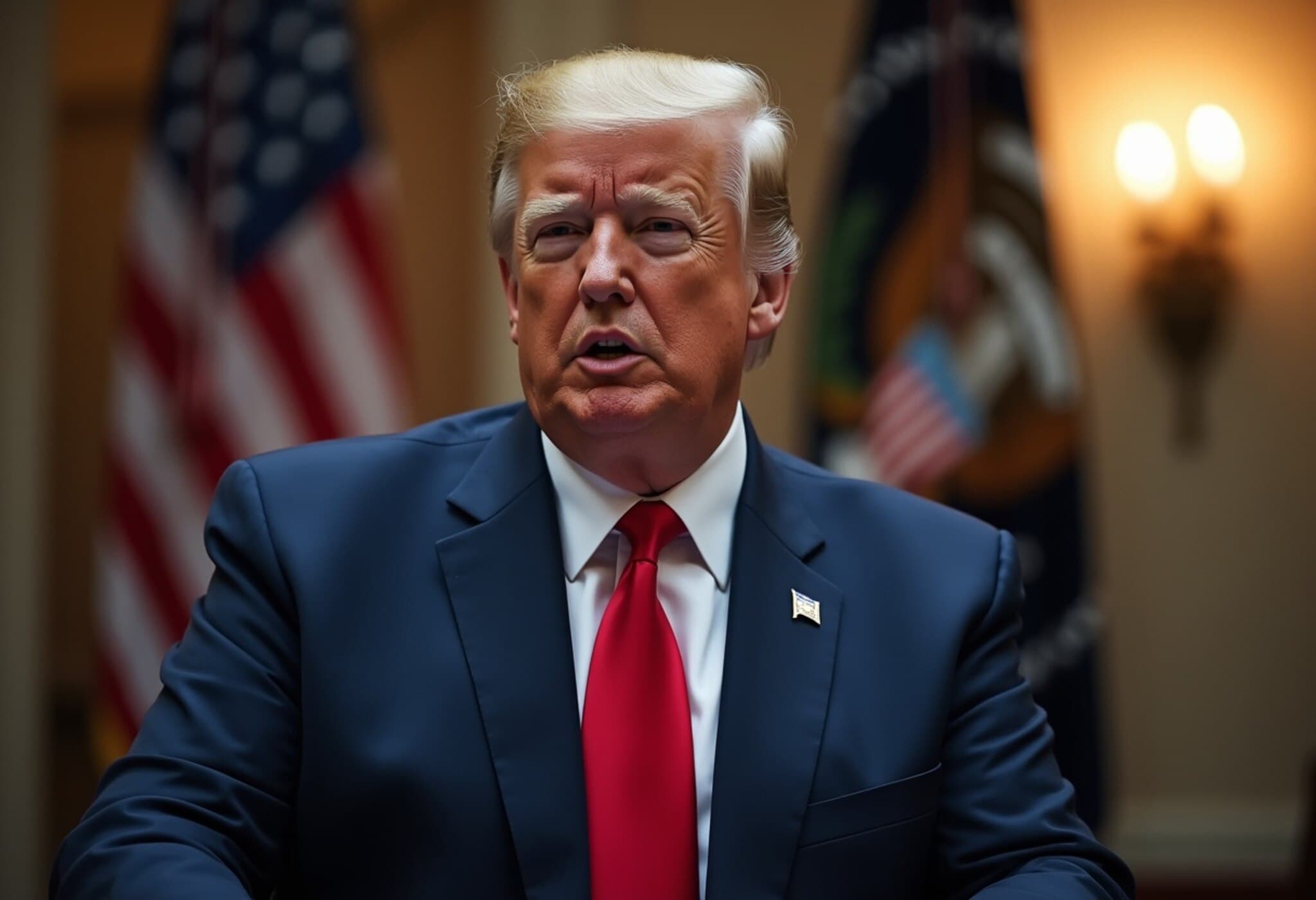India-China Ties: A New Chapter of Gradual Normalization
In a significant diplomatic move, India's External Affairs Minister S. Jaishankar arrived in Beijing on July 14, marking his first visit to China since the turbulent Ladakh border clashes in 2020. During a key meeting with Chinese Vice President Han Zheng, Jaishankar emphasized the steady improvement of bilateral relations and the strategic importance of sustained dialogue between the two Asian giants.
Breaking the Ice after Years of Frozen Relations
“Our bilateral relationship, as you have pointed out, has been steadily improving since the meeting between Prime Minister Narendra Modi and President Xi Jinping in Kazan last October,” Jaishankar remarked in his televised opening comments. This visit is not merely symbolic but comes at a pivotal moment as India and China seek to move past the scars of the 2020 Galwan Valley clash that severely strained their ties.
The clash in eastern Ladakh which led to casualties on both sides and subsequent military standoffs, froze diplomatic engagement for years. However, the breakthrough came with a disengagement agreement finalized in October 2024, covering key flashpoints such as Demchok and Depsang, thereby setting the stage for gradually restoring mutual trust.
Reviving Trust Through Engagement
Jaishankar reaffirmed that the resumption of the Kailash Mansarovar Yatra, a religious pilgrimage significant to millions in India, had been warmly welcomed domestically, symbolizing a slide towards rapprochement. Equally, both sides appear committed to leveraging platforms like the Shanghai Cooperation Organisation (SCO) to facilitate candid exchanges.
"An open exchange of views and perspectives between India and China is very important," said the External Affairs Minister, discerning the complex global geopolitical landscape where cooperation among major economies in Asia could influence broader regional stability. His visit, the second leg following Singapore, also saw him participating in SCO foreign ministers’ meetings hosted in Tianjin.
Strategic Imperatives amid a Complex Geopolitical Environment
- The evolving dynamics between the two nations come amid heightened global uncertainties, with economic interdependence contrasting stark strategic competitions.
- Both sides are navigating cautiously, balancing national security concerns with economic cooperation prospects.
- Recent prior visits, including Defence Minister Rajnath Singh’s trip to Qingdao for the SCO defence ministers’ conclave, signal a multi-layered approach to rebuilding trust.
This gradual thaw has significant implications for South Asia and the Indo-Pacific region. Improved India-China relations can facilitate greater regional cooperation on critical issues such as trade, climate change, and counterterrorism. However, underlying border disputes and power rivalries still warrant vigilant diplomacy.
Expert Insight: Navigating the Road Ahead
Policy analysts suggest that while diplomacy is on the upswing, sustained progress hinges on concrete confidence-building measures and transparency on contentious border matters. Experts emphasize the importance of institutionalizing dialogue mechanisms to prevent future escalations and manage competition constructively.
From a broader perspective, the ability of India and China to stabilize ties will substantially influence the geopolitical fabric of Asia, affecting relations with major partners such as the United States, Russia, and ASEAN nations.
Editor's Note
Jaishankar’s visit to China marks a hopeful stride in mending one of the world's most sensitive bilateral relationships. Yet, the journey from confrontation to collaboration remains delicate, requiring continuous effort, mutual respect, and strategic patience. Readers are invited to consider how this evolving relationship might reshape economic corridors, security paradigms, and diplomatic alliances in the coming years.

